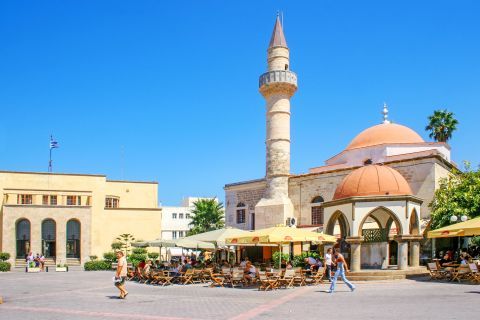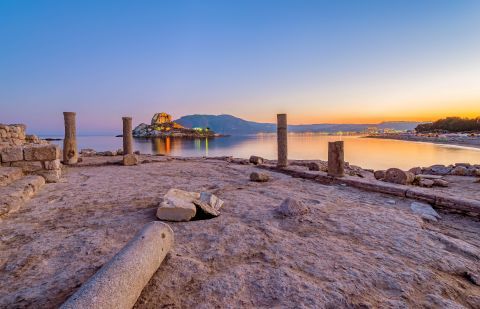I visited the site as a tourist in October, 2023. Fascinating to hear the shock therapy they used to basically scare the wits out of patients to have a different outlook on life. Locking them in a dark chamber for the night and then pitching hundreds of snakes in through an access in the roof. I think I'd be grateful to see the light of day in the morning as well if I'd been in there with many others. Then on another level a priest would visit patients calling them by name while they hallucinated on poppy seeds that were burned in another closed chamber. Convinced the following morning they had been visited by a god. A very pleasant site with plenty of parking and a cafe and toilets on site.






